Perk Up with 6 Tasteful Malaysian Drinks
Lighten your mood and rejuvenate your senses with 6 must-try Malaysian drinks!
Discover the authentic in Asian cuisine food
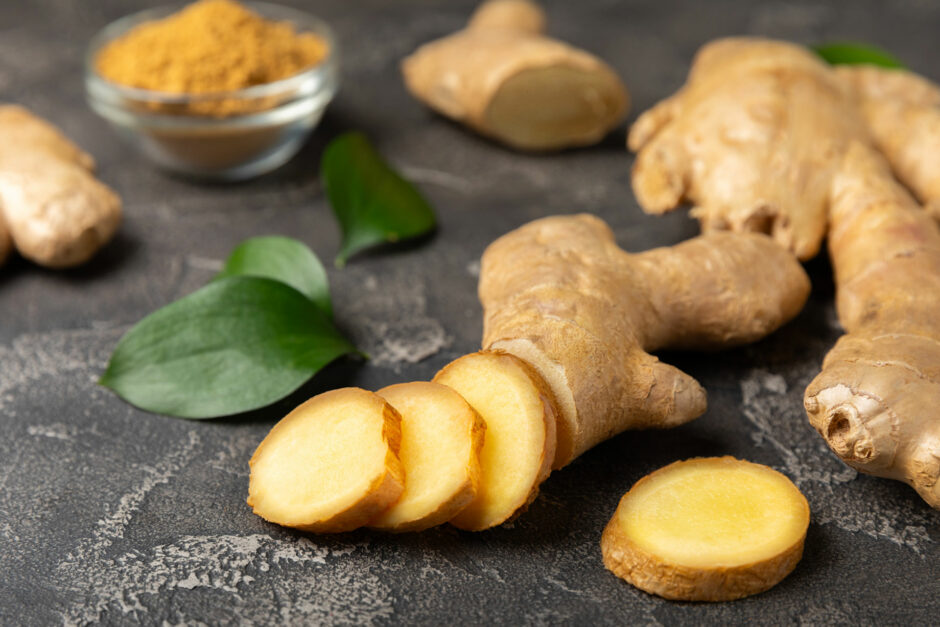
Foodies like you are sure to have tasted the unique zest and warm aroma of ginger. Commonly used in tandem with other fragrant herbs and spices to create complex, rich-flavoured dishes, especially in Asian cuisines.
So, let’s delve deeper into what makes ginger so special, and how you can add it to your home-cooked delights!
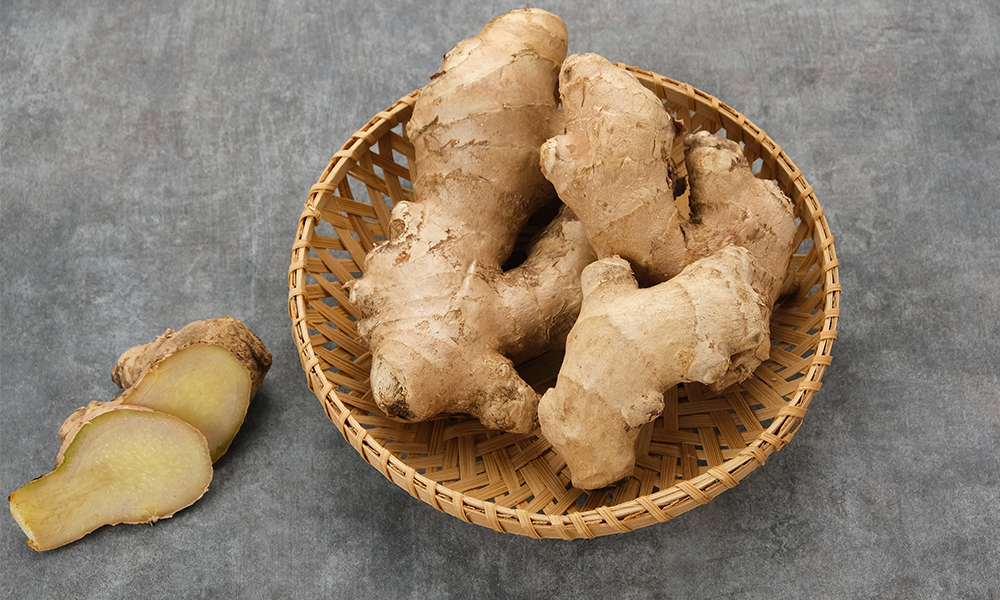
Originating from Southeast Asia, ginger has been an essential medicinal and culinary ingredient since ancient times. The earliest archaeological evidence of its use dates back to around 5,000 years ago, cultivated by the ancient Austronesian peoples, who also introduced ginger to India and the Pacific Islands.
From there, maritime voyages and overland trade routes brought ginger to the rest of the world throughout human history, curing ailments, flavouring foods, and even gaining cultural importance.
Today, ginger remains a pantry must-have as well as a traditional remedy for many cultures.
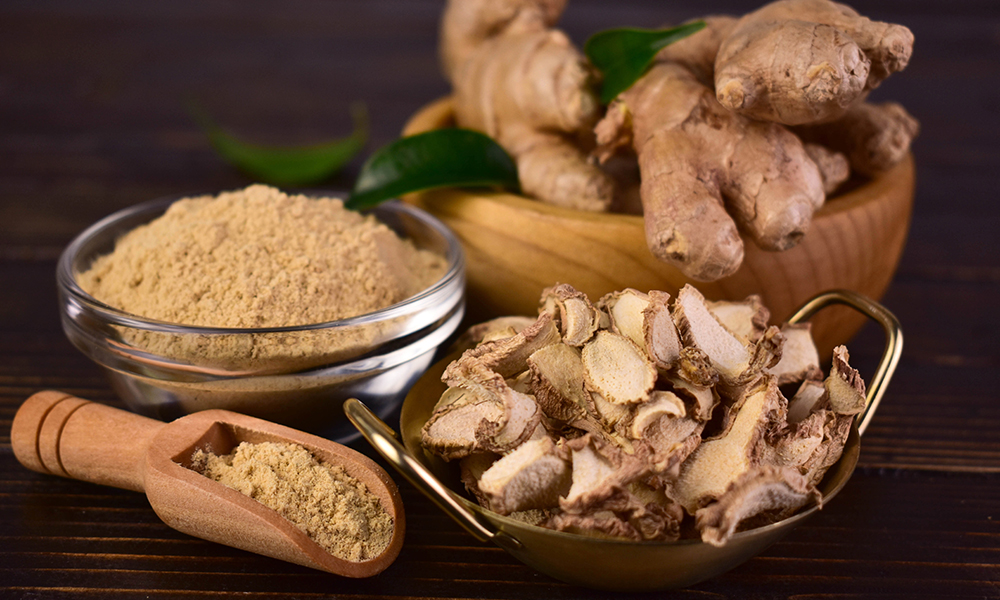
Ginger is the rhizome root of its flowering plant, with a lumpy shape and papery skin. Gingerol is the main active compound that gives it medicinal properties, which include anti-inflammatory and antioxidant effects. Ginger also contains carbs, beneficial fatty acids, low levels of natural sugar, Vitamin E and B, zinc, chromium, selenium and copper.
Thanks to the potent natural compounds, ginger is a well-known remedy around the world, and especially essential in traditional Chinese medicine. Uses include easing nausea, morning sickness, sore throats, coughs, chills, headaches, back pains, etc, as well as to support digestive health, lower blood pressure, prevent scurvy, and boost the immune system.
Asian cuisines use ginger in many ‘forms’:

Young ginger has smooth skin and a firm, supple touch, with a mild spicy aroma. Young ginger can be eaten raw and is often julienned to mix with vinegar and soy sauce as a condiment for steamed Chinese dumplings. Also commonly peeled, minced and used with garlic, shallots, and savoury sauces to enrich simple stir-fries in Asian cooking.

Mature ginger has coarser skin, firm, tough texture, and a bold, spicy flavour and pungency. Commonly used with zesty ingredients like chilli and galangal to make fiery curries in Thai cuisine. Mature ginger is also best used with aromatic herbs and savoury seasonings to give soups, braises, congee, savoury meat and seafood dishes an appetizing boost.
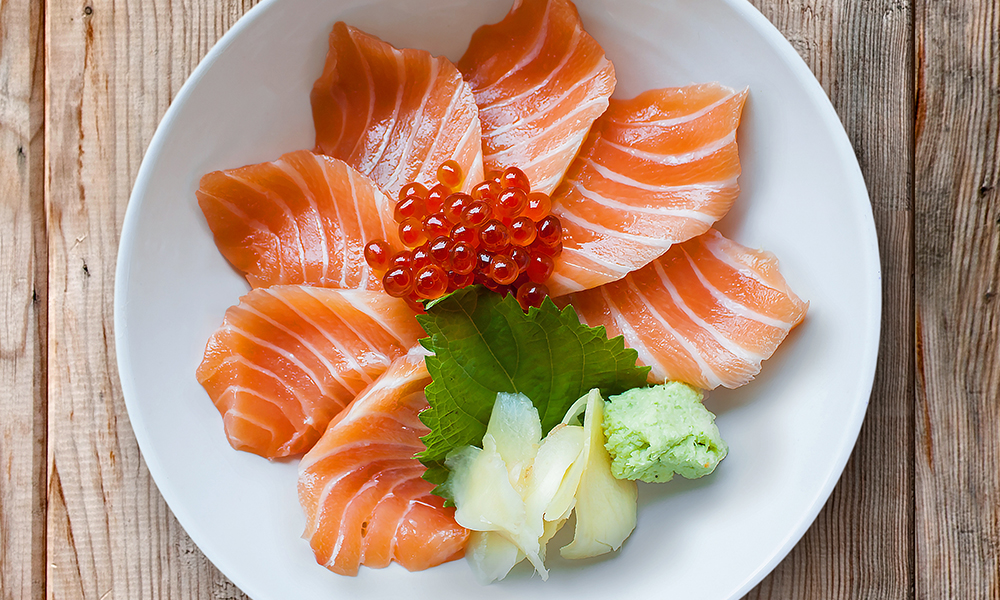
Pickled ginger is a specialty of Japanese cuisine. Gari pickled ginger is a must-have palate cleanser in sushi meals. Marinated with sugar and rice vinegar to give it a mildly sweet and refreshing zest. Meanwhile, Beni Shoga pickled ginger is made with plum vinegar, giving it a rosy red colour and bold spicy tang. Commonly enjoyed with savoury Yakisoba stir-fried noodles, and hearty Okonomiyaki pancake. Pickled ginger also has a longer shelf life than fresh ginger, and can be kept in your fridge for months.
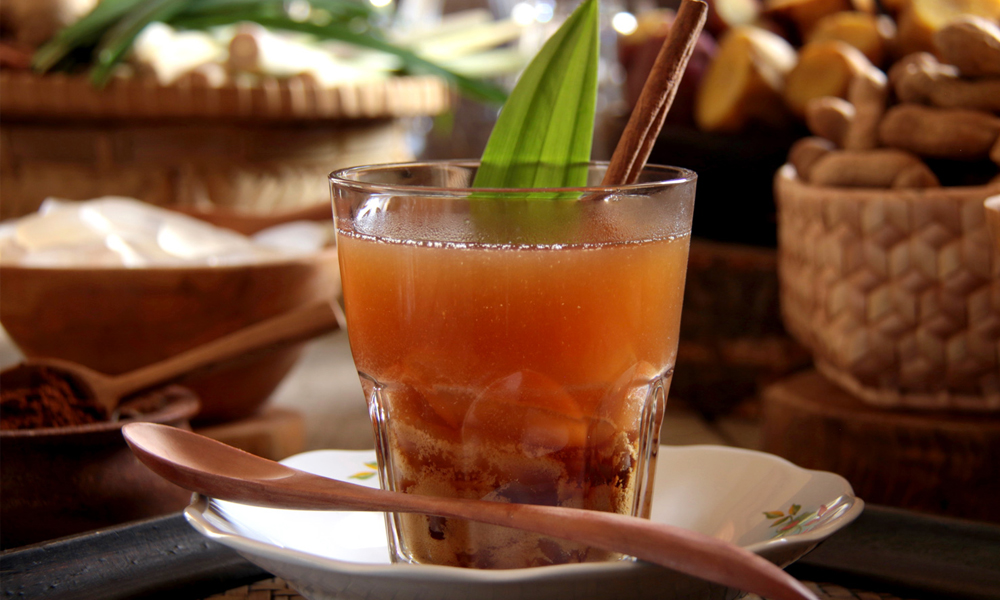
Ground ginger or powdered ginger is made from dehydrated ginger, and is commonly paired with turmeric to make a steamy, warming and zesty remedial tea in Asian cultures. Muslim-Indian diners in Southeast Asia mix it with tea and sweeten it with milk as a palate cleanser drink. Meanwhile, Indonesians have a traditional ginger drink called Wedang Jahe, made with ginger, palm sugar, pandan, cloves and cinnamon powder. Besides that, ground ginger is also great to flavour yummy cookies and biscuits!

Juiced ginger removes its fibrous texture, and is sometimes used in the spicy paste for fermenting Korean Kimchi, giving it an extra layer of zest along with Gochugaru chilli powder.
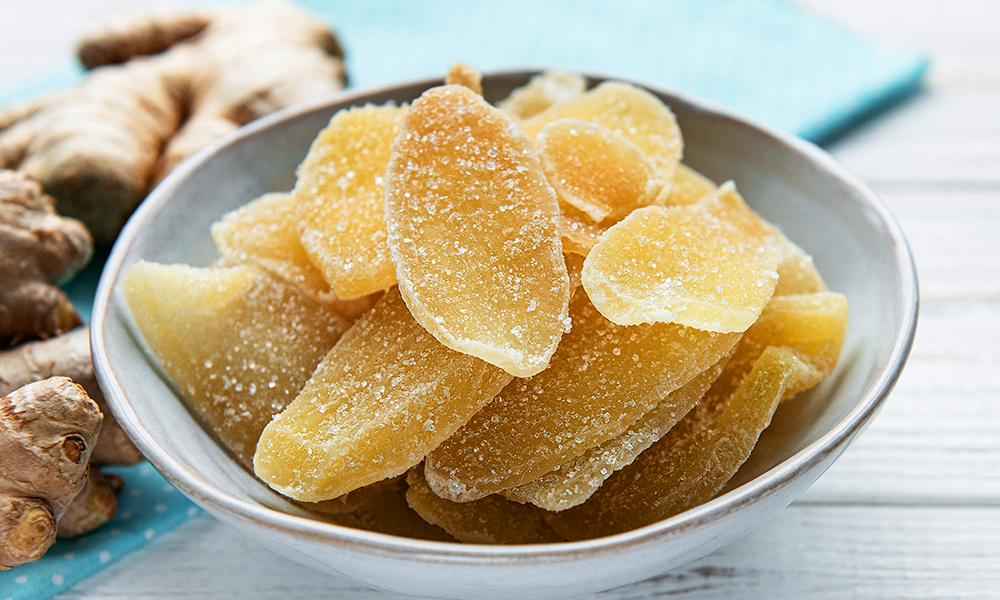
Candied ginger is a beloved traditional dessert in Southern China and Hong Kong. Made by simmering sliced ginger with water and sugar until the mixture thickens into a syrup, then left to cool and crystalized into a crunchy candy.

There’s a Chinese idiom that says ‘the older the ginger, the spicier it gets’. So, pick your fresh ginger according to your preferred flavour. As mentioned above, young ginger has a smoother skin, more vibrant in colour and a supple touch, while mature ginger has coarser skin and a tougher, woodier texture. When selecting your ginger, look for plump, firm pieces with thick knob ‘hands’ for easier cooking prep. Avoid shrivelled pieces, those that are squishy to touch, and those with particularly dark spots.
To keep your ginger fresh, store it in a dry, cool space or fridge it in an airtight container. This can let your ginger last for up to a month.
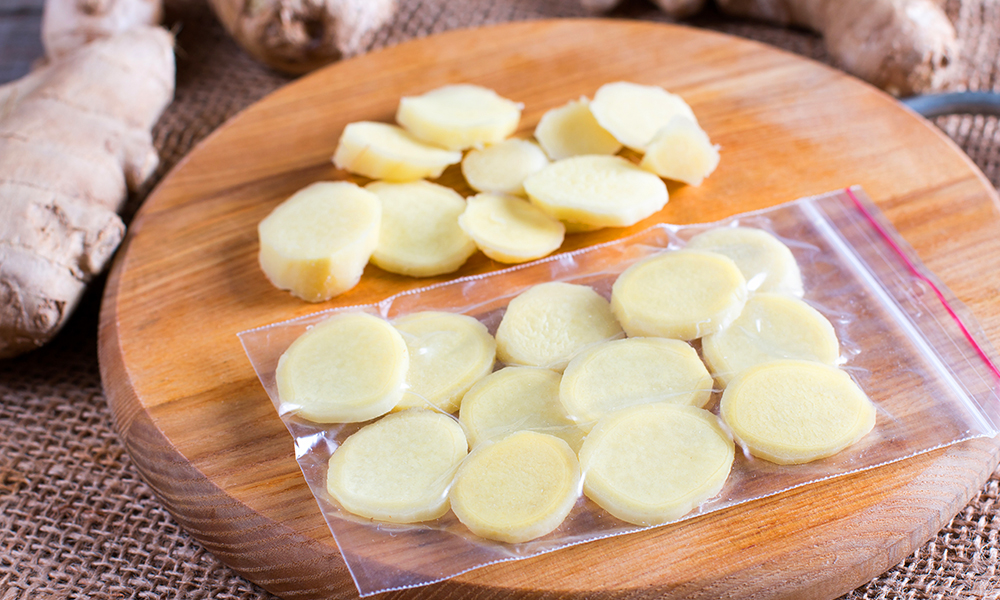
For longer storage time, peel and place your ginger in zip-lock bags, then keep them in your freezer. You can also puree your ginger in a food processor, put the blend into an ice cube tray and freeze it. Then put the frozen blocks in zip-lock bags, and freeze them. Frozen ginger can stay fresh for up to 6 months.
To prep your fresh ginger for cooking, only cut off the portion you need and return the piece to storage. Ginger’s flavour is bold and potent. So typically, you only need a small piece to be sliced, julienned, minced or grated for your dish. Before you do any of that, however, always give your ginger a thorough rinse to remove dirt. Peeling before cooking is optional, though it does give your ginger a cleaner, more vibrant colour.
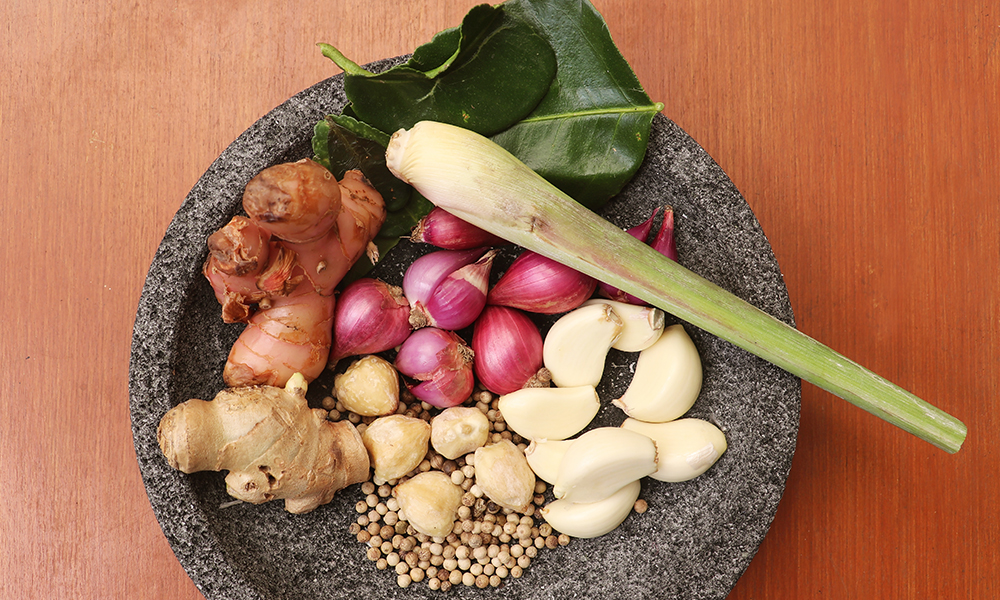
Ginger is best used with aromatic herbs and spices, as well as savoury sauces. Common combos in Asian cooking include garlic, shallot, onion, lemongrass, lime juice and leaves, turmeric, chilli, spring onion, cilantro, and more. Often used together with soy sauce, oyster sauce, fish sauce, and sugar to create layers of complex, spicy, sweet and umami flavours.
Ginger is also a versatile ingredient and can enrich a myriad of tasty dishes, from barbecue marinades, curry pastes, and dipping sauces, to stir-fries, pan-fried, steamed goodies, braises, soups, roasts and many more.
Come explore the delicious Asian wonders you can flavour with ginger in our recipe collection!

Lighten your mood and rejuvenate your senses with 6 must-try Malaysian drinks!

Pair your hearty barbecues with these refreshing Asian delights!
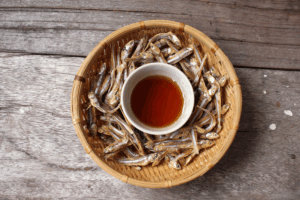
Yummify your summer dishes with the savoury and versatile fish sauce – the Southeast Asian flavour-maker!